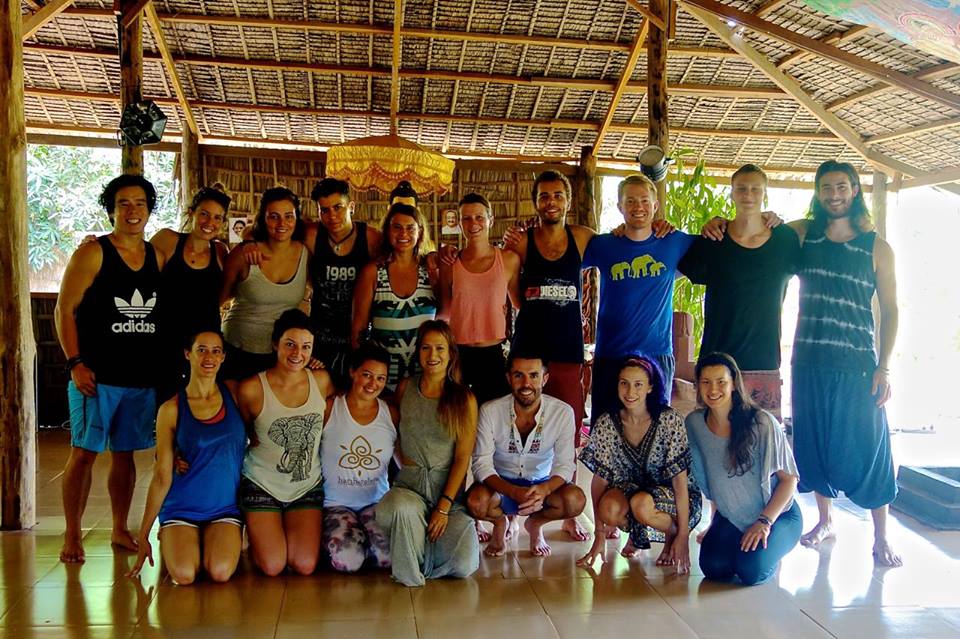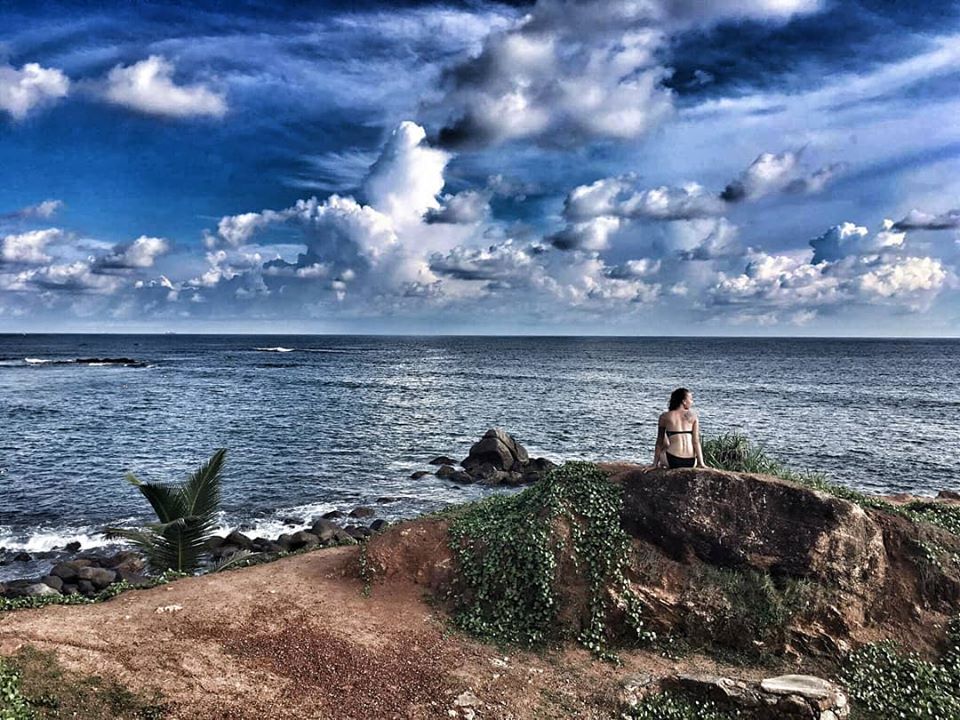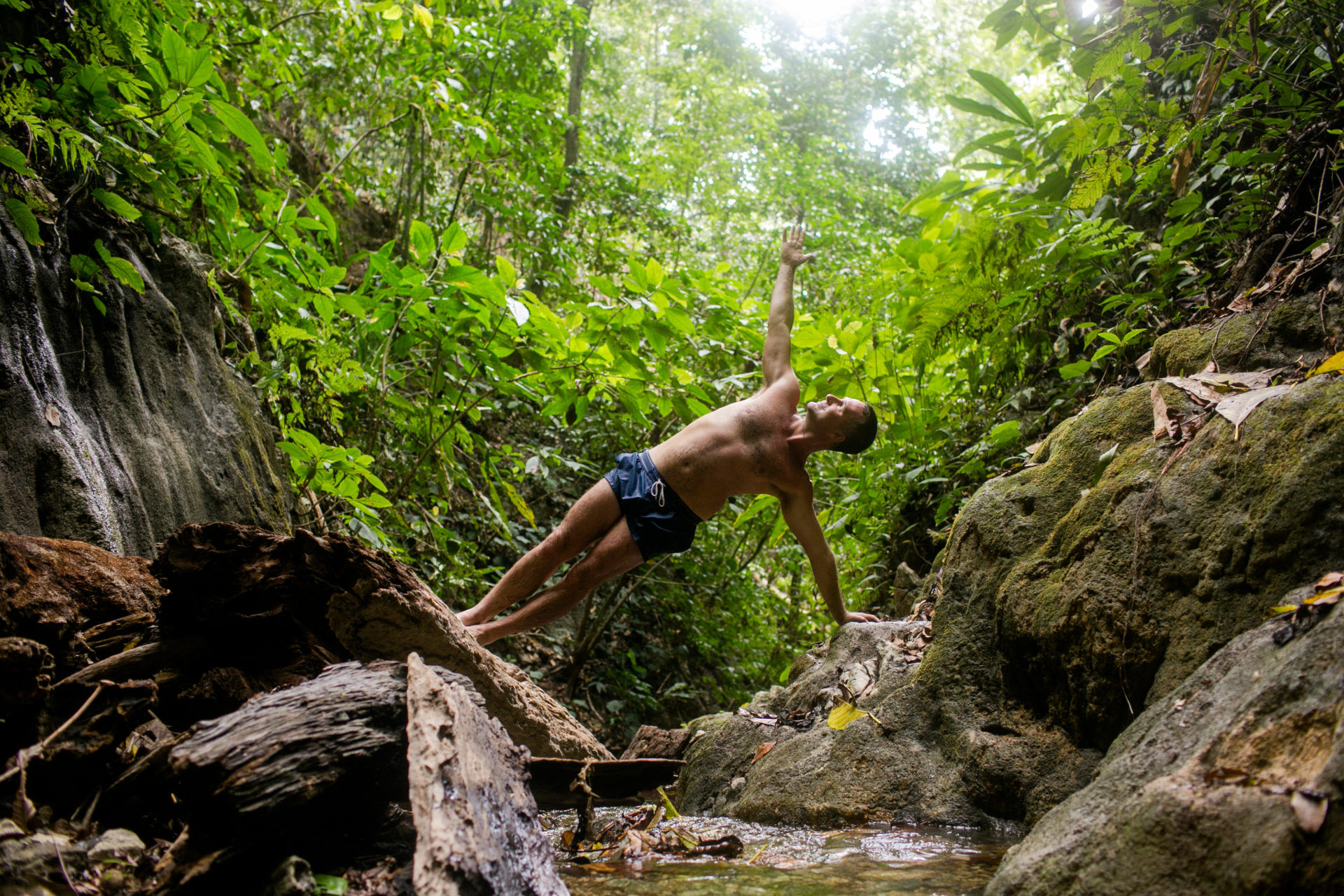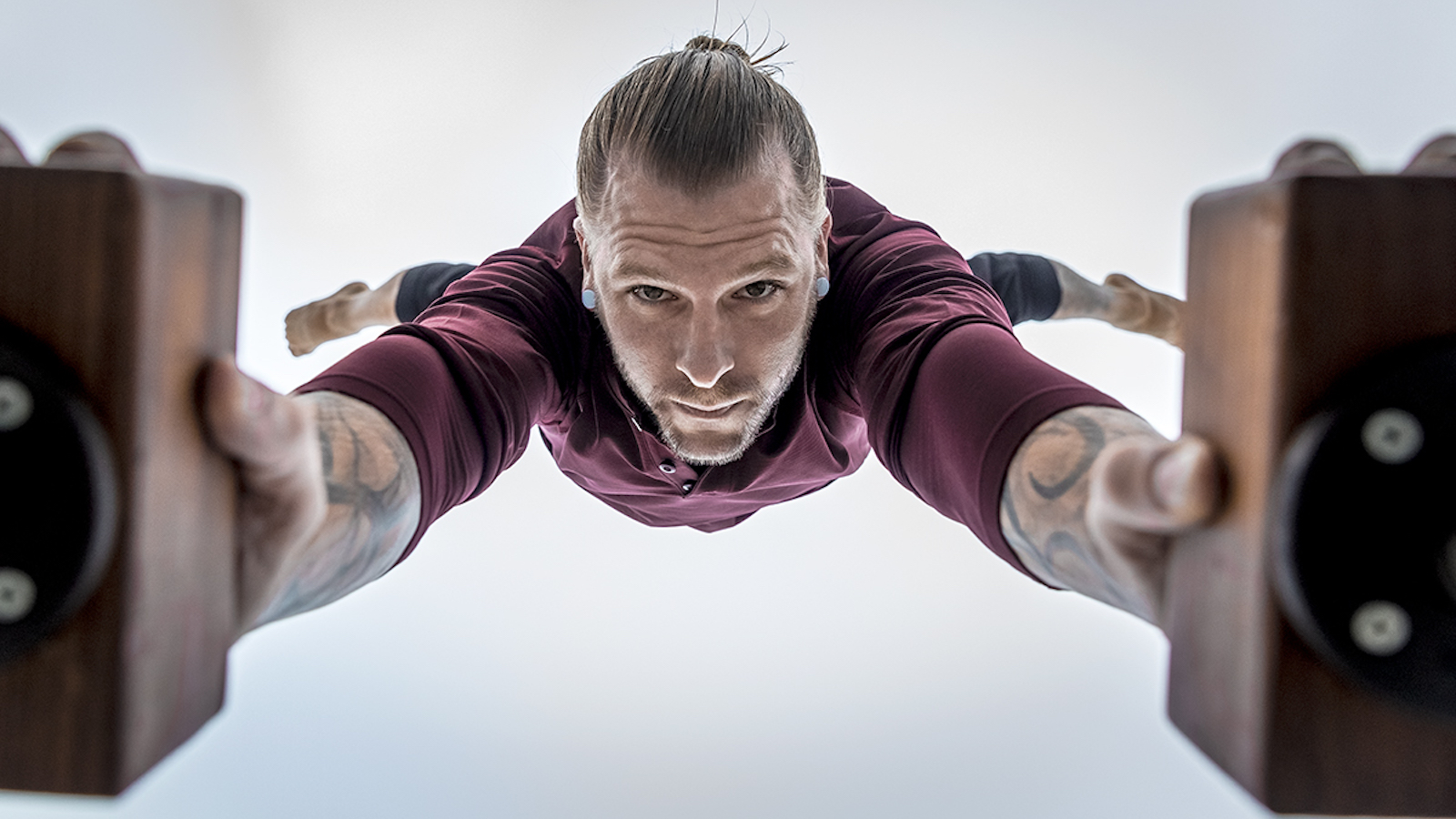The first yoga retreat I attended was intended to be a mere pit-stop on a lone trip around South East Asia. I was not-so-fresh out of university and in need of some serious TLC. My shoulders were permanently up to my ears, jaw always tightly clenched and the worries of the world sat in my stomach like lead stewing in acid. I arrived with tonsillitis, my pasty white skin contrasting sharply with the ruby red rash all over my body. In short, I was a mess.
I’d barely practised yoga before, but decided on a whim to try a retreat as a kick-start to a trip I’d imagined would be full of cocktails on beaches and partying with strangers. My focus was the location; little beach huts on a gorgeous Thai island, idyllic gardens stretching into sand and sea. On day one, I reluctantly dragged myself from the beach for the first yoga class, relatively disinterested and quietly cursing over the time I was losing to bask in the sunshine. It therefore came as a total surprise that whilst lying in Savasana at the end, I couldn’t stop tears from rolling down my cheeks. One by one at first, slowly but surely erupting into quiet sobs that came from depths I didn’t know existed.

After the class, I shyly loitered around the teacher, waiting to ask what had just happened to me. I felt uncomfortable and vulnerable and had no idea where this explosion of emotion had come from. Was I somehow doing yoga wrong? Only an hour before, I’d been lounging on the beach without a care in the world…or so I thought. I was told it was normal, common even, for deep emotional trauma to be released during yoga. This certainly had never happened to me at the gym, and I couldn’t help but wonder why this class was any different.
Curious, I persisted. I observed as layers of tension melted away day by day. I watched as my body and mind somehow became stilled by my previously shallow and laboured breath. What fascinated me the most was how deep the transformation seemed to be going in such a short space of time. I arrived feeling depleted and lost, but left only days later totally full; full of joy and calm and hope and excitement and energy, sensations I hadn’t felt for a long time. The experience ended up colouring my entire trip, moulding my decisions and steering me towards more fulfilling choices than I perhaps previously had in mind. Decision number one? Book another yoga retreat.
When I arrived at the next retreat centre in Cambodia only weeks later, I connected instantly. The place gave me tingles. The community at Hariharalaya practice and teach integral yoga, living yoga both on and off the mat – a concept although new to me at the time, resonated like nothing before. I was hungry to learn, eager to go deeper into this practice that had rapidly become so important to me. I could write essay after essay on what arose for me during that week, but suffice to say that my time at Hariharalaya was significant, eye-opening and life-changing. I left there a different person, evolved in some way I wasn’t quite sure of. How was this possible in only one week?

Despite travelling hundreds of kilometres to Indonesia after I left Hariharalaya, I knew I had to go back. Within weeks, I turned around and turned up again, excited for what I thought was to be round two of a personal transformation. But this time, something quite different occurred to me. I had been so focused on the power of yoga, I hadn’t noticed the power of a retreat. Of the particular format which, over mere days can prompt radical transformation; physically, mentally, emotionally and spiritually.
It was only by going to this same place a second time that I realised this. The first time I had been lost in my own metamorphosis – which by the way, is by no means a onetime thing! This second time, I couldn’t help but observe others. I watched as people, just like me, arrived frazzled and fatigued, tight and tense. Not in all cases, of course, but for the large part, it transpired that people had come as a means of release and relaxation, escape from their daily lives. As time passed, those who had made nervous small talk on the first day slowly crept out of themselves, sharing with sincerity and support. Others became more introverted, tucking themselves away and tapping into creative outlets. Some delved deep into yoga, others delved deep into novels. But each and every person radiated a satisfaction and content which grew exponentially as each day passed. Day by day, I watched as this new family opened up, blossoming in the light of the space that was held for them.
This, to me, is the root of what a retreat does: it holds space for transformation. It guides, teaches and nurtures, coaxing innate qualities to burst forward. Yoga is the tool, the practice around which all of this comes together. For many, there is neither time nor motivation to practice yoga every day, allowing the huge benefits of doing so to be revealed only during a retreat. Although tasty food and exotic locations often provide the temptation to book, it is this space that people come for, often unknowingly. It seems these days that we don’t allow ourselves enough time and space to explore creativity and spirituality, to play, to connect with nature and ourselves. It is this which I find so inspiring about retreats; that a formula so simple can provoke such a profound response.

The word retreat comes from the Latin retrahere, meaning ‘pull back.’ People’s perceptions of a retreat are no doubt shaped by the spectrum of its synonyms, from sanctuary and seclusion to withdrawal, isolation and hiding. The Merriam Webster dictionary defines a retreat as a “process of withdrawing, especially from what is difficult, dangerous, or disagreeable.” In many ways, this is what I was doing when I booked my first retreat. I mindlessly entered my card details as procrastination from the endless difficulties of university work, daydreaming of myself on a beach in Thailand. The sad fact is that many of us feel the need to withdraw or pull back from fast-paced, high-pressure lifestyles in order to be able to process what is going on around us.
Whilst this may be the reason that some of us choose to go on a yoga retreat, it is certainly not its purpose. Whether we realise it or not, by consciously setting time aside to step out of usual routines and their accompanying anxieties, we are prompted to journey inward. Retreats offer us an environment in which we are able to listen to ourselves without distraction, to realise, reassess and refocus. This might expose depths of ourselves which have been overlooked. Suppressed energies can surface, and as such, going on retreat is not always easy. It is not an escape from reality, but a deeper engagement with it.
In taking the time to stop, listen and reflect, new perspectives naturally arise. As Marcel Proust once wrote, “the voyage of discovery is not in seeking new landscapes but in having new eyes.” This to me beautifully captures the longer-term benefits of going on retreat. Even though we must return to that from which we have withdrawn, we do so with new eyes. We go back to our roles, relationships and responsibilities with a fresh perspective. In this sense, the process of withdrawal on retreat is tactical; sometimes it is important to withdraw in order to advance.

Rachel Bilski is the co-founder of Shanti Niwas, a yoga collaborative currently holding yoga retreats and classes in Portugal. You can follow her musings on yoga, travel and life on the Shanti Niwas blog: www.shantiniwas.com/snblog








